The Healing Power of Prebiotics: How to Nourish Your Gut from Within
Ali Segersten Jul 17, 2025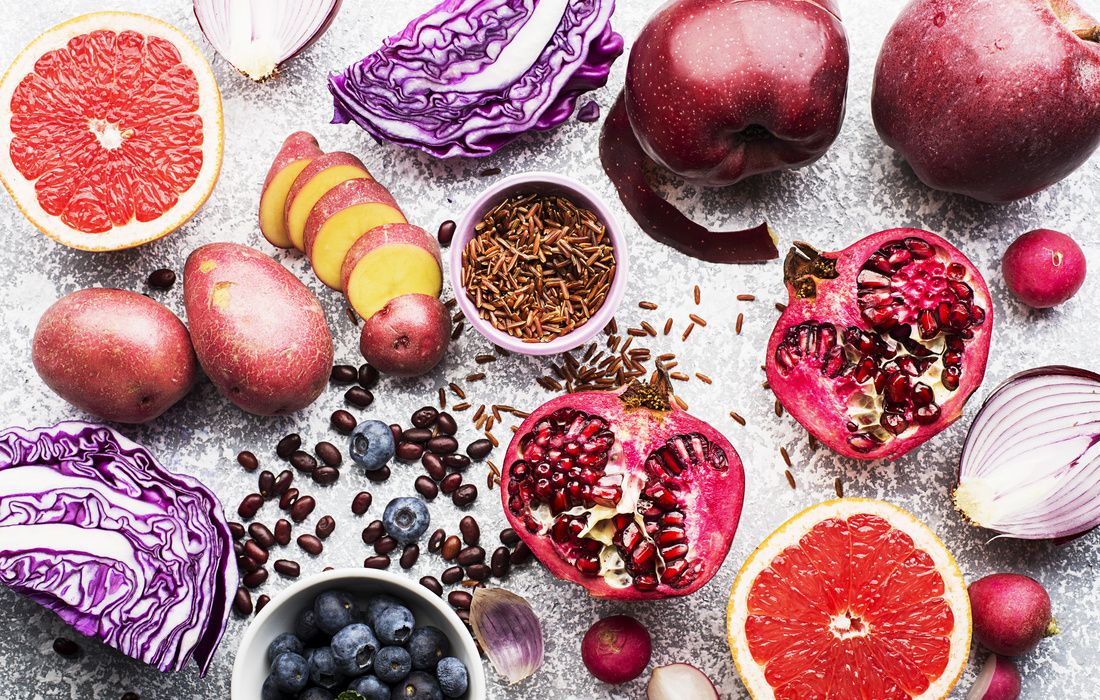
Healing is a process of subtraction and addition. We begin by removing what's harmful—ultra-processed foods, hidden food sensitivities, and environmental toxins that burden our detox pathways. And then we rebuild—gently, intentionally, and from the inside out.
At the heart of this restoration is your gut microbiome—a dynamic, intelligent ecosystem that not only helps digest food, but also regulates immunity, calms inflammation, supports detoxification, balances mood, influences metabolism, and supports natural weight regulation.
And the simplest way to nourish this system is through prebiotics—compounds that feed your beneficial bacteria and restore the internal terrain of your body.
What Are Prebiotics?
Prebiotics are compounds—primarily certain fibers and polyphenols—that resist digestion to varying degrees and are selectively fermented by beneficial microbes in your gut, especially in the colon. These beneficial microbes, including species like Bifidobacteria, Faecalibacterium prausnitzii, Roseburia spp., and some Lactobacillus species, consume prebiotics and, in turn, secrete short-chain fatty acids (SCFAs). These substances help nourish and strengthen your gut lining, reduce inflammation, support immune balance, and promote overall microbial resilience.
“A prebiotic is a substrate that is selectively utilized by host microorganisms conferring a health benefit. —International Scientific Association for Probiotics and Prebiotics (ISAPP)
How a Healthy Microbiome Supports Healing
Your gut microbiome is a vast and diverse community of trillions of microorganisms—mainly bacteria—that live in your digestive tract. When in balance, these microbes play a crucial role in keeping you healthy. But when the microbiome becomes imbalanced—often due to poor diet, stress, medications, or environmental exposures—it can lead to a decline in beneficial microbes and an overgrowth of potentially harmful ones. This imbalance is linked to digestive issues, inflammation, immune dysregulation, autoimmunity, food intolerances and allergies, and even mood disturbances.
When your microbiome is healthy and diverse, it becomes a powerful ally in healing and maintaining wellness. Beneficial bacteria within the microbiome support immune regulation through direct interaction with pattern recognition receptors on immune cells, help maintain the integrity of the gut lining, influence hormone metabolism, and enhance nutrient absorption. A healthy microbiome also supports mental clarity and emotional well-being through the gut-brain connection, and promotes the production of antimicrobial compounds that inhibit the growth of harmful microbes.
At the core of this healing process are short-chain fatty acids (SCFAs)—beneficial compounds produced when gut bacteria ferment prebiotic fibers from the foods you eat. SCFAs fuel the cells that line your gut, strengthen the intestinal barrier, reduce inflammation, and help train your immune system to tolerate harmless substances like food and environmental antigens without overreacting.
To restore and support your microbiome’s healing potential, include a variety of prebiotic-rich foods every day—such as garlic, onions, asparagus, unripe bananas, legumes, oats, and berries. These foods help feed your good bacteria so they can thrive, produce SCFAs, and help your gut—and your whole body—function at its best.
Types of Prebiotics and What They Do:
Different types of prebiotics have different effects on your microbiome—depending on which bacteria they feed, what byproducts they create, and where in the gut they act. Here’s a closer look at four foundational types and where to find them.
Fructooligosaccharides (FOS) & Inulin
What they do:
- Feed beneficial Bifidobacteria
- Promote production of short-chain fatty acids
- Support gut lining integrity and immune balance
Where they are found:
- Garlic
- Onions
- Leeks
- Chicory root
- Jerusalem artichokes
- Asparagus
Galactooligosaccharides (GOS)
What they do:
- Stimulate growth of Bifidobacteria
- Help regulate gut inflammation
- Support immune system signaling
Where they are found:
- Lentils
- Chickpeas
- Butter beans
- Navy beans
- Black beans
- Split peas
- Raw cashews
- Pistachios
- Pine nuts
Resistant Starch
What it does:
- Promote butyrate production
- Feed Faecalibacterium prausnitzii and Roseburia
- Enhance colon health and reduce inflammation
Where it is found:
- Green (unripe) bananas
- Unripe plantains
- Cooked & cooled potatoes
- Cooked & cooled rice
- Rolled oats (especially raw or soaked rolled oats)
- Cooked & cooled buckwheat
- Lentils (especially when cooked and cooled)
Pectins & Beta-Glucans
What they do:
- Support gut barrier function and help maintain tight junction integrity
- Modulate immune responses and help reduce gut inflammation
- Beta-glucans help lower LDL cholesterol and can be fermented by certain gut microbes, supporting SCFA production and immune regulation
- Pectins bind bile acids, support digestion, and enhance microbial fermentation that leads to SCFA production—especially acetate and propionate
Where they are found:
- Apples (especially with skin, and in unsweetened applesauce)
- Blueberries, Blackberries
- Citrus (whole, peeled)
- Carrots, Beets, Parsnips
- Sweet potatoes (especially with skin)
- Tomatoes (especially skins and seeds)
- Oats (rich in beta-glucans)
- Barley (especially high in beta-glucans)
Mucilaginous & Gel-Forming Prebiotics
What they do:
- Form soothing, viscous gels that help hydrate and protect the intestinal lining
- Feed beneficial microbes like Bifidobacteria and Lactobacilli
- Support regularity and improve gut barrier integrity
- Aid in toxin binding and elimination
- Contribute to SCFA production, particularly butyrate (indirectly)
Where they are found:
- Chia seeds (especially when soaked)
- Flaxseeds
- Psyllium husk
- Seaweed (nori, wakame, kombu—rich in soluble fibers like alginate and fucoidan)
Plant Compounds That Support Microbial Diversity: Polyphenols as Microbiome Modulators
While fiber-rich prebiotics are essential for gut health, polyphenols—bioactive compounds found in colorful plant foods—offer a second layer of support. They work synergistically with fiber to nourish beneficial microbes and suppress harmful ones.
Most polyphenols reach the colon largely intact, where they’re fermented by gut bacteria into smaller, anti-inflammatory metabolites. These compounds help:
- Stimulate growth of beneficial species like Akkermansia and Bifidobacteria
- Suppress pathobionts like Clostridium perfringens, E. coli, and Salmonella
- Support SCFA production
- Enhance microbial diversity and resilience
- Reduce oxidative stress and gut inflammation
Polyphenol-Rich Foods That Support Gut Health:
- Cranberries – ↑ Akkermansia, ↓ E. coli
- Pomegranate – ↑ Akkermansia, ↑ Faecalibacterium, ↑ SCFA production
- Green tea + Matcha (EGCG) – ↑ Akkermansia, ↓ pathobionts, ↓ gut inflammation
- Blueberries – ↑ Bifidobacteria, ↓ pathobionts
- Red cabbage – ↑ microbial diversity, antioxidant support, mild prebiotic effect via polyphenols
- Black rice – ↑ Bifidobacteria, ↑ SCFA production, ↓ gut inflammation
- Buckwheat (rutin) – ↑ Bifidobacteria, ↓ inflammation, supports microbial balance
- Red grapes – ↑ Akkermansia, ↑ microbial biodiversity and greater gut resilience
- Cacao – ↑ Lactobacilli, ↑ Bifidobacteria
- Olive oil – ↑ Bacteroidetes, modulates gut inflammation
- Turmeric – Supports gut lining, anti-inflammatory, prebiotic-like effects
“Polyphenols don’t just act as antioxidants—they reshape the microbiome, guiding it toward balance, diversity, and resilience.
Spotlight on Akkermansia muciniphila: The Mucin-Modulating Microbe
Akkermansia is a mucin-degrading bacterium that helps maintain the gut lining and supports metabolic balance. As it consumes mucins, it produces short-chain fatty acids (SCFAs) like acetate and propionate, which help strengthen tight junctions and modulate immune activity.
While Akkermansia doesn’t produce butyrate directly, it helps foster a gut environment where butyrate-producing microbes—like Faecalibacterium prausnitzii and Roseburia—can thrive.
Higher Akkermansia levels are associated with:
- Improved insulin sensitivity
- Reduced visceral fat
- Enhanced mucus barrier
- Lower systemic inflammation
- Positive effects on weight regulation
Though it consumes host-derived mucin, Akkermansia also thrives in the presence of polyphenol-rich foods like:
- Cranberries
- Pomegranate
- Red grapes
- Green tea & matcha
Download the Prebiotics & Gut Health Guide
Looking for a beautiful, science-backed resource you can keep in your kitchen? This free Prebiotics Guide will help you understand how to rebuild your microbiome with intention—through the foods you eat every day.
Inside, you’ll find:
- A categorized list of prebiotic-rich foods with therapeutic actions
- A section on low-FODMAP prebiotics for sensitive digestion
- A clean, visual layout that brings clarity to what nourishes you—at the deepest level
Print it, post it, or pass it along—it’s a companion for your gut-healing journey, one nourishing choice at a time.
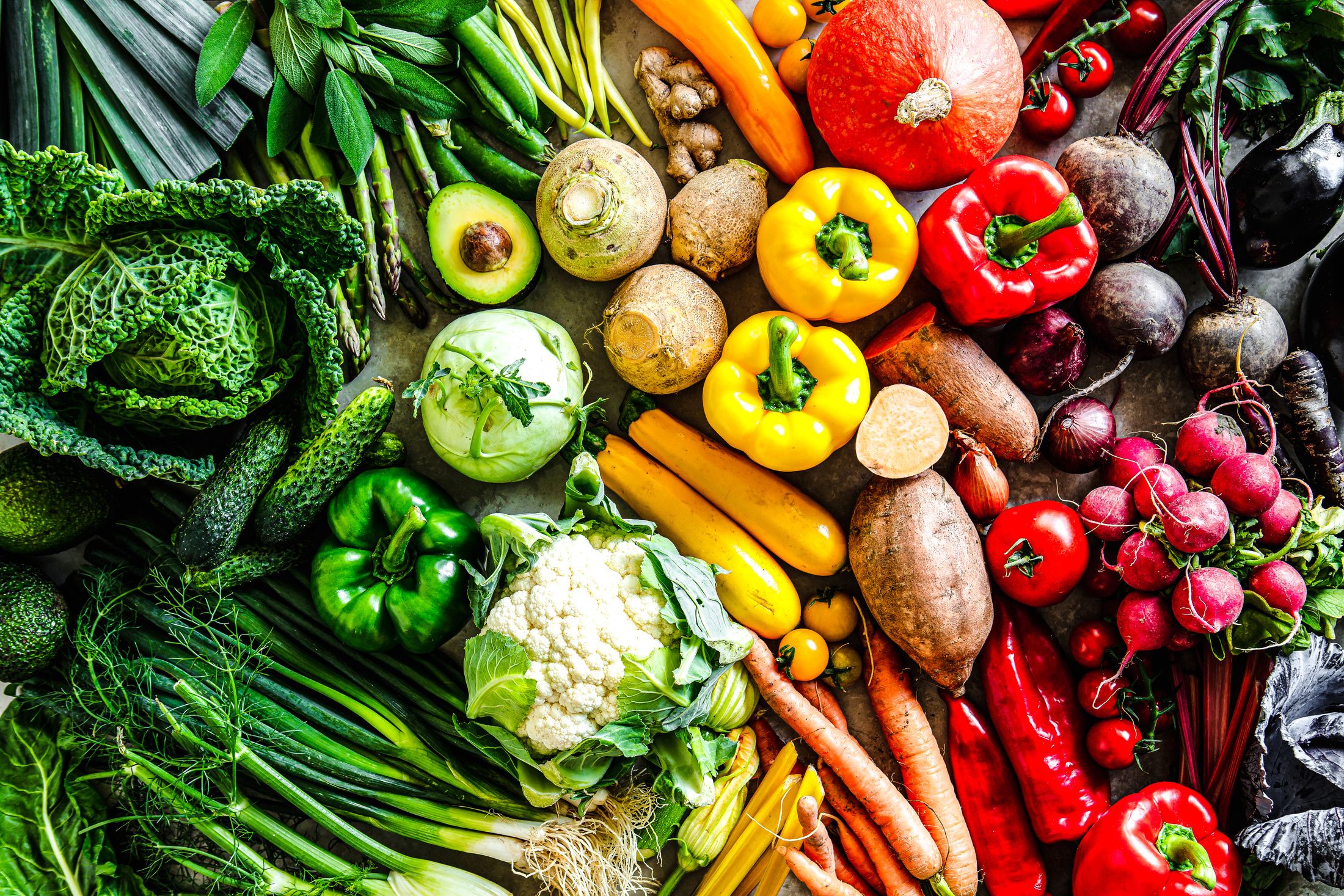
Dietary Diversity = Microbial Diversity = Health.
Prebiotics are the building blocks of gut healing—but they’re just one piece of the bigger picture. This is where the shift happens: from removing what depletes you to adding in what restores you.
By diversifying your diet with prebiotic-rich foods, fermented vegetables, and plant-based polyphenols, you nourish the microbial biodiversity that supports digestion, detoxification, metabolism, mood, and immune health—laying the foundation for:
- Reduced inflammation
- Better metabolic health
- Improved mood and cognition
- Natural weight regulation
- Enhanced immunity
- Increased health span and vitality
Monotony in the diet leads to stagnation in the microbiome.
Diversity brings resilience and restoration.
Keep Going on Your Gut Healing Journey:
Lacto-Fermented Watermelon Radish Recipe →
Learn how to make this bright, probiotic-rich food at home—it’s a simple entry point into fermentation and microbiome nourishment.
The Healing Power of Fermented Vegetables + Free PDF Guide →
Get step-by-step instructions and a printable chart for fermenting everything from cabbage to carrots to cauliflower.
Download the Prebiotics Guide PDF →
A beautifully designed, science-backed guide you can print or keep on hand. Includes categorized food lists (including Low-FODMAP options), how each type of prebiotic works, and practical tips for integrating them into daily meals.
Become a Nourishing Meals® Member →
Access over 1,900 gut-healing, anti-inflammatory recipes to diversify your diet, reduce inflammation, and stay on track—no matter your dietary needs. Custom filters, grocery lists, and meal plans make healing more easeful and intuitive.
Explore Month 7: Nourishing with Prebiotics & Probiotics →
After six months of gently removing what no longer serves your body, it’s time to begin rebuilding from the inside out. This is the first step in the Nourish and Restore phase—a return to deep, cellular nourishment that supports long-term healing and vitality.

About the Author
Alissa Segersten, MS, CN
Alissa Segersten, MS, CN, is the founder of Nourishing Meals®, an online meal-planning membership with over 1,800 nourishing recipes and tools to support dietary change and better health. As a functional nutritionist, professional recipe developer, and author of The Whole Life Nutrition Cookbook, Nourishing Meals, and co-author of The Elimination Diet, she helps people overcome health challenges through food. A mother of five, Alissa understands the importance of creating nutrient-dense meals for the whole family. Rooted in science and deep nourishment, her work makes healthy eating accessible, empowering thousands to transform their well-being through food.Nourishing Meals Newsletter
Email updates.
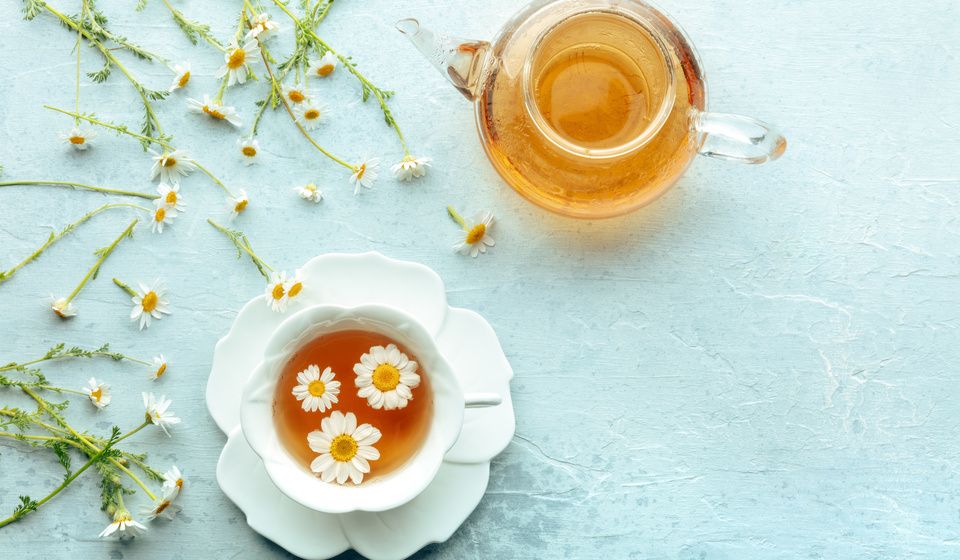
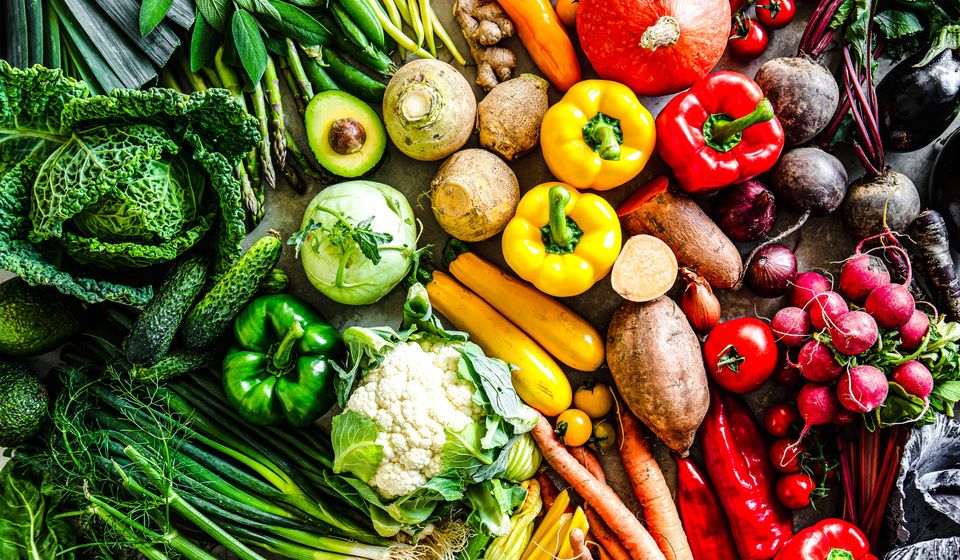
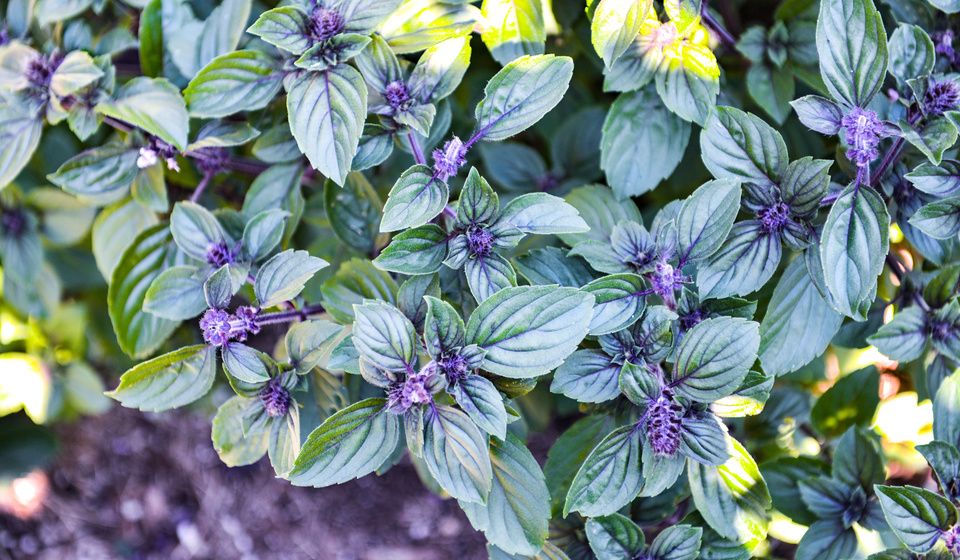
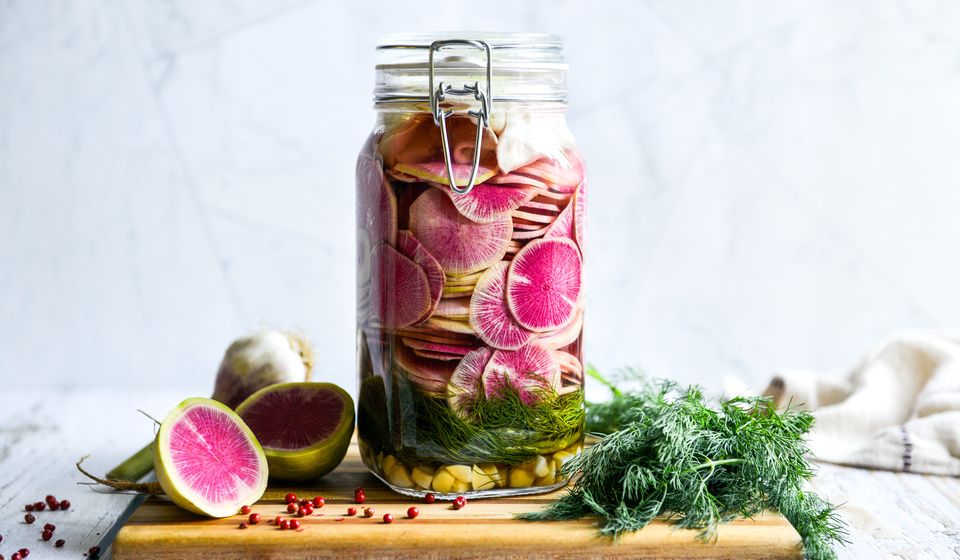
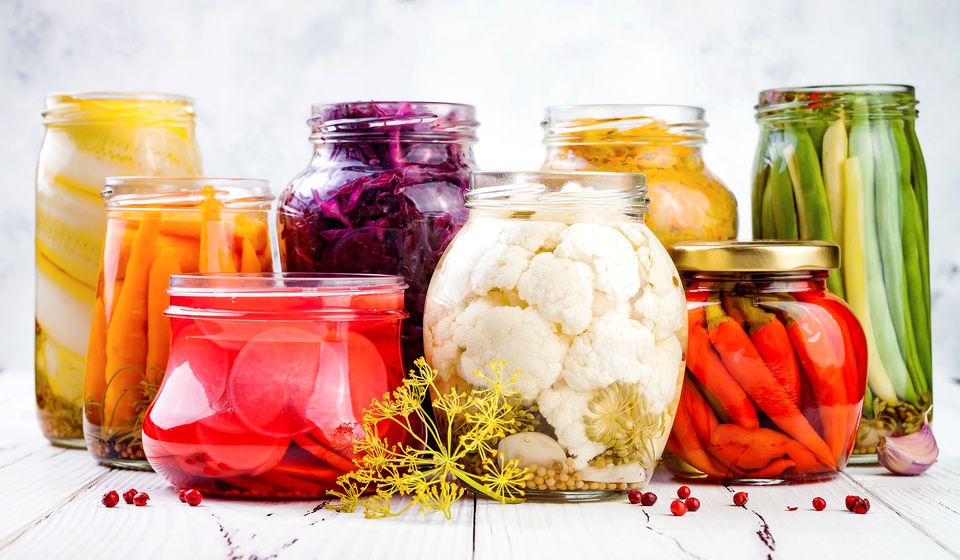
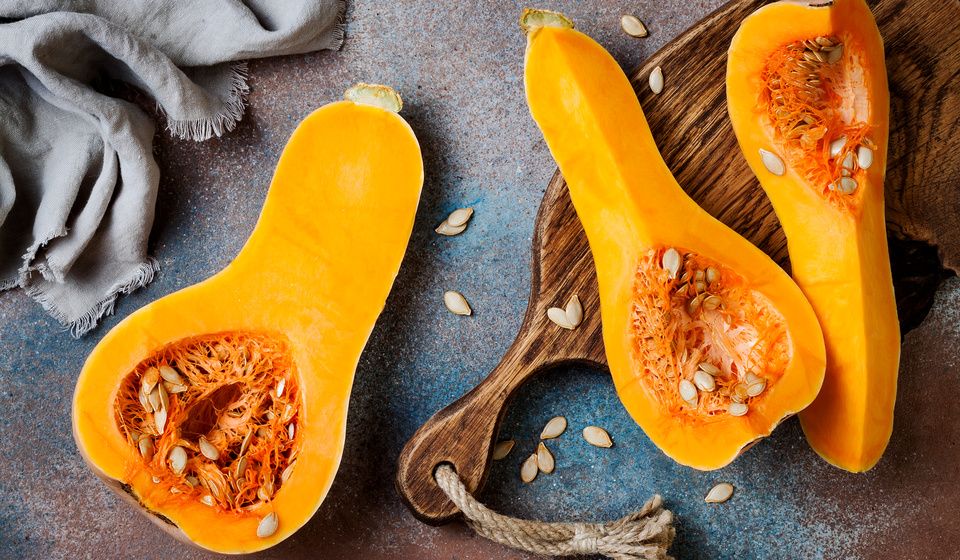
Add Comment